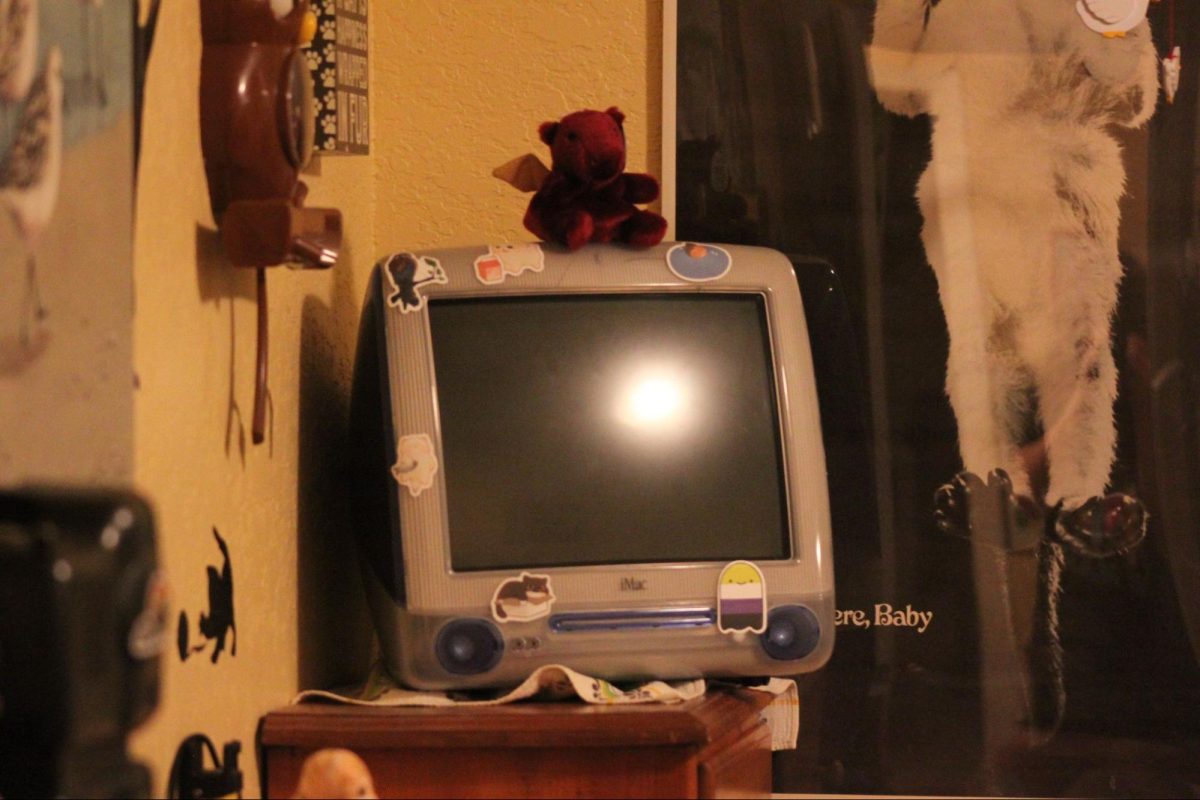What in the World?
Learn about one of the seven natural wonders: the Paricutín.
March 22, 2019
In the village of Paricutín, a farmer by the name of Dionisio Pulido was working in a cornfield. According to the SDSU geology website, on the morning of February 20, 1943, he noticed a crack on a small hill. Pulido describes, “the ground swelled and raised itself 2 or 2.5 meters high, and a kind of smoke or fine dust — grey, like ashes — began to rise up.” The situation became dangerous. Pulido and his family had to leave their farmland after it was violently destroyed.
The ground continued to rise and the once small hill formed a 100 meter cinder cone. Ash filled the air and covered many of the cities nearby. The volcano erupted for many years, and in 1952 it stopped. Everyone from the village and surrounding town evacuated safely.
Most of the village of Paricutín now lives under the ash and volcanic rock, except for part of the Church of San Juan. Trip Advisor shares that the remnants of the church are now an attraction that tourists walk or horseback ride to see. Once at the top of the buried town, many explore the church and look at the view of Paricutín not too far into the distance.
Encyclopedia Britannica states that the Paricutín is one of the youngest volcanoes and is considered one of the seven natural wonders of the world because scientists have been able to record and see the birth and growth of the Paricutín volcano.






